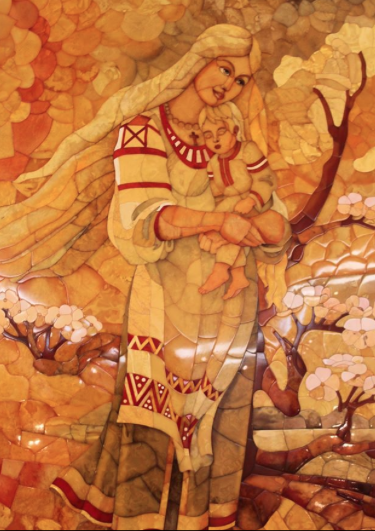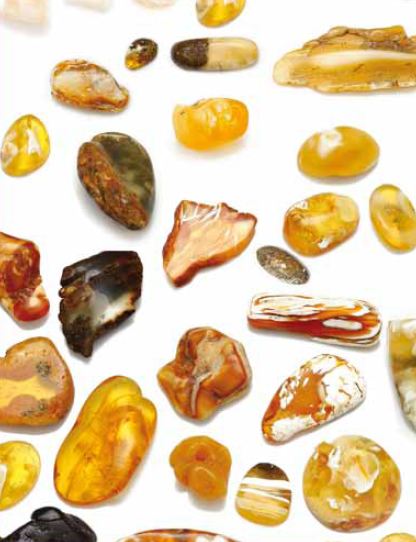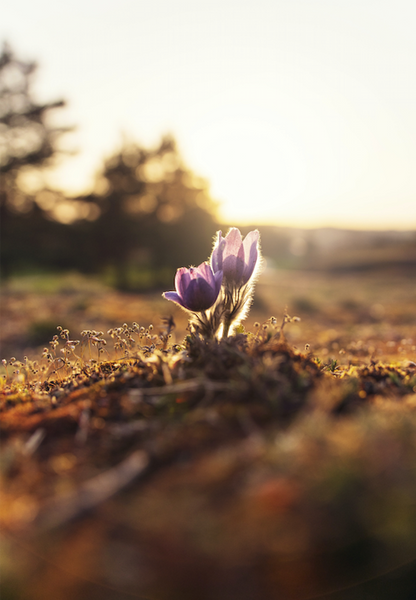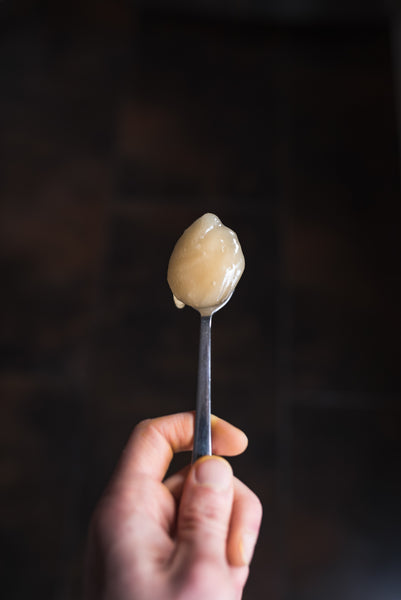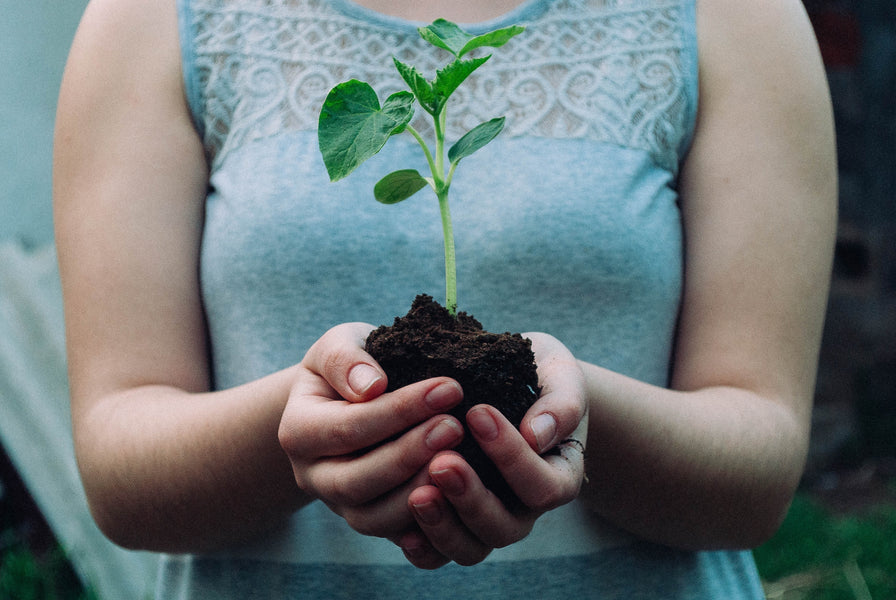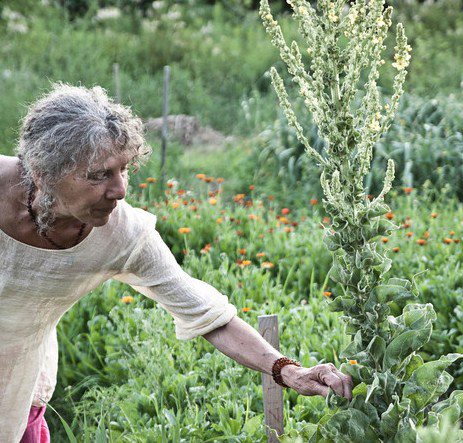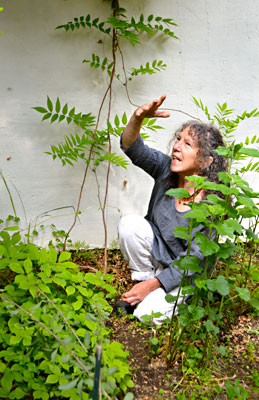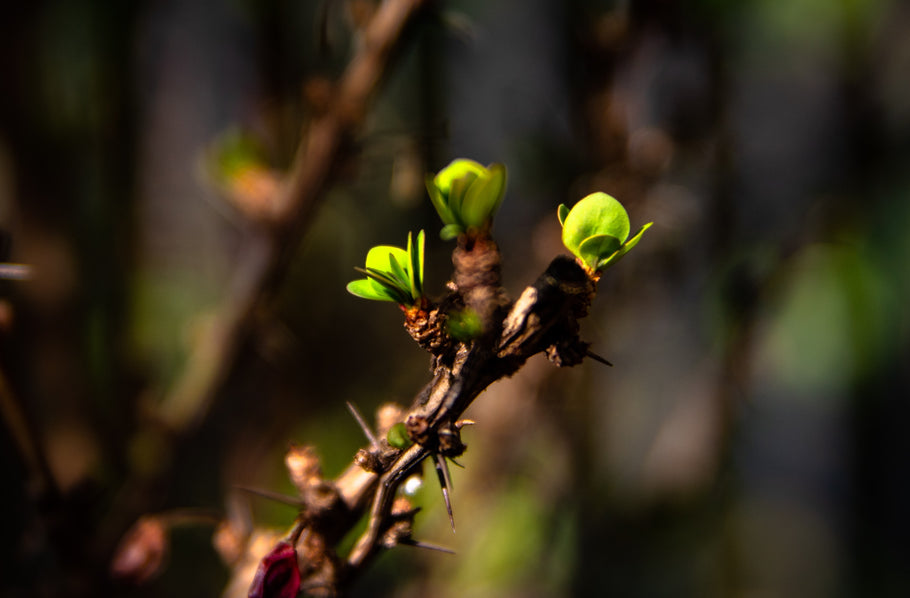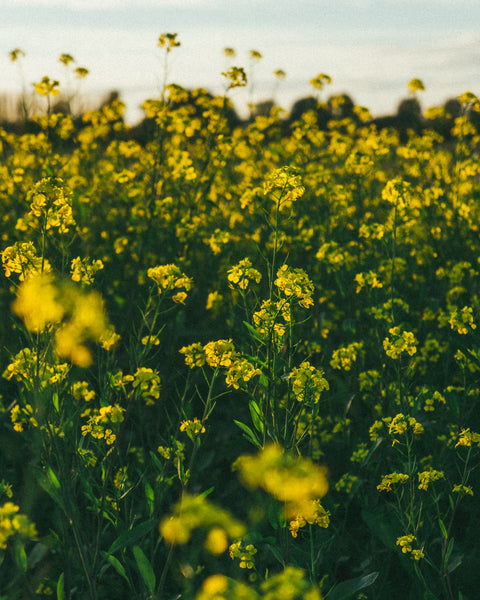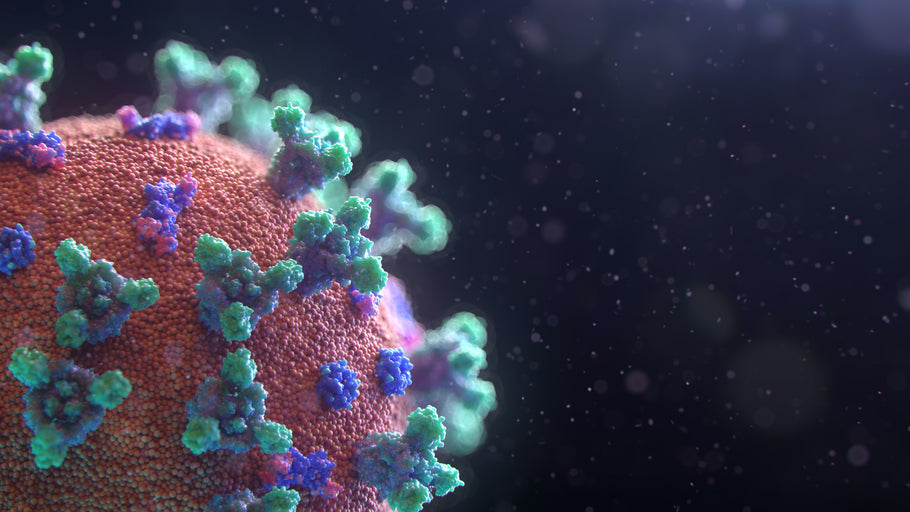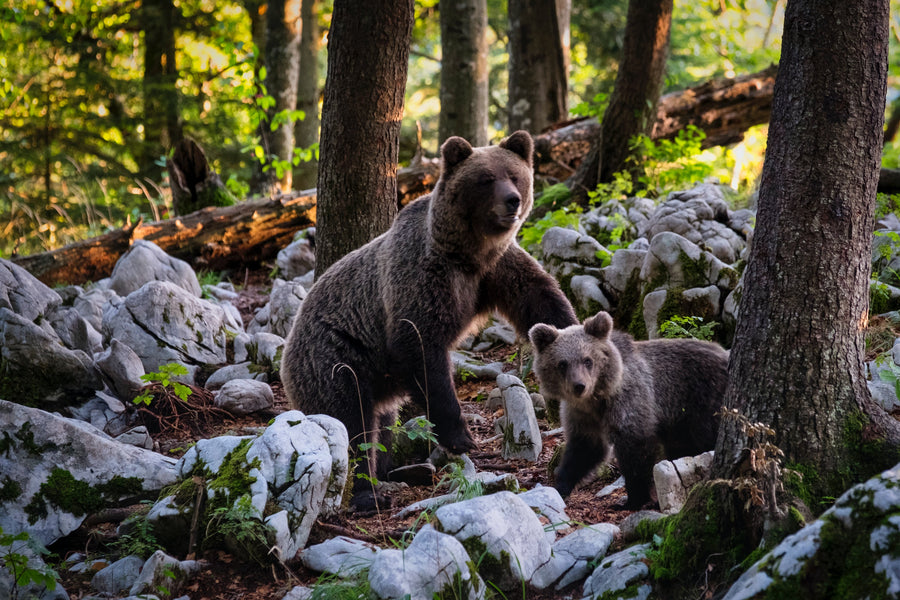The Way of the Wild Heart
The Use, Preparation & Application of Baltic Amber
Natural Baltic Amber – Magnetic, Adaptogenic, Universally Applicable
Prayer of Forgiveness
Tastes
Roots Medicine and New Growth; The Way of the Wild Heart
As my life and my practice of Community Herbalism has matured and ripened over the decades, I began to notice new green growth sprouting out from the side of the venerable old wise woman tree trunk. Something sweet and beautiful began to amplify the heart message, began calling out for me to name it and give it voice. What was emerging from my depths, I realized, has slowly evolved across the years of my practice with both plants and people. The emphasis of my work is shifting to the deliberate cultivation of our open, loving, wild heart and extending that love to all of creation. This I see as key to our survival and success both as healers and as earthlings.
Ten-Fold Path to Becoming a Community Herbalist
On Trademarks and the Herbal Community
I began my small herbal products business back in 1989 when I had four kids under the age of ten and was searching for a way to channel my love for the herbs, healing, natural gardening and medicine making into a right and sustainable livelihood to support my family. I began teaching herb classes shortly after.
My herbal work and the unique formulas I’ve created over the years are precious to me. They come to me in inspired moments, are whispered to me by the plants, passed to me in dreams by my ancestors. Some are inspired by the work of other herbalists, from ancient times to the present.
Gemmotherapy Elixirs
Herbs for the Relief of Chronic Pain
Natural Substances to Protect Ourselves From Radiation
In our everyday lives we seem oblivious to the impact of radiation on our health. Many of us are swept up in the euphoria over an endless parade of wireless devices. We actually seem addicted to radiation and completely unconscious of the jack-hammering effect it has on human cells.
In addition, industrial activities, mining, and nuclear power activities all release relatively large amounts of usually unseen toxic metals into our air, water, and our food crops on a daily basis.
The Pesky Enigmatic Coronavirus; Preventive Care
Sacred Bear Mother
-
Previous
- Page 1 of 2
- Next
